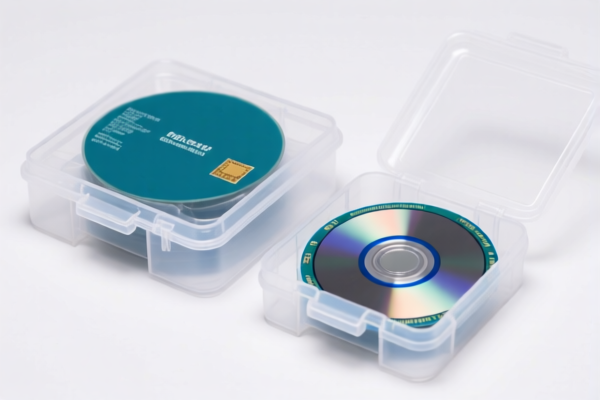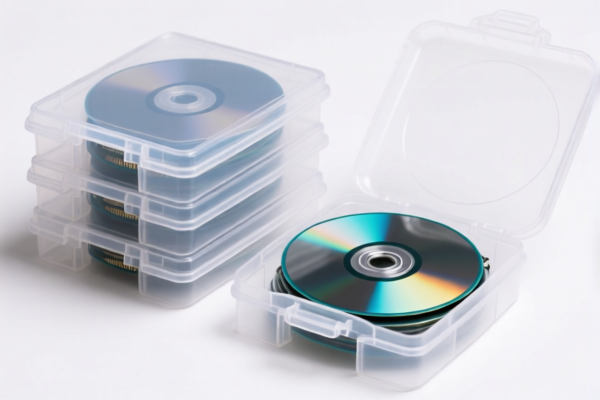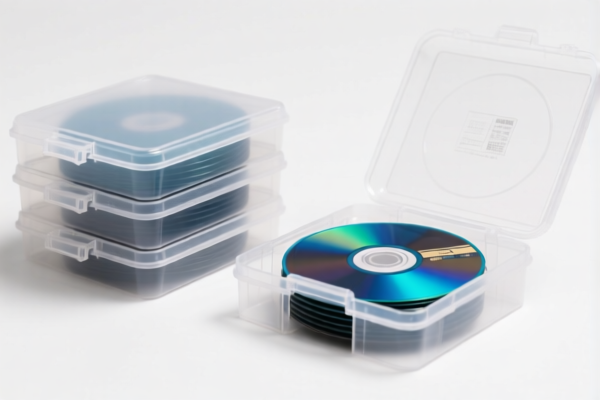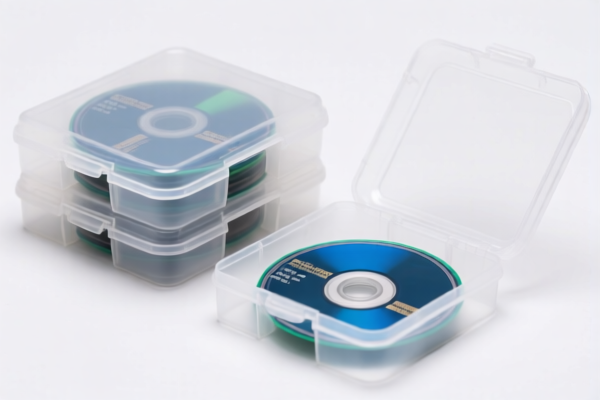| HS Code | Official Doc | Tariff Rate | Origin | Destination | Effective Date |
|---|---|---|---|---|---|
| 4819100020 | Doc | 55.0% | CN | US | 2025-05-12 |
| 4819100040 | Doc | 55.0% | CN | US | 2025-05-12 |
| 4819200020 | Doc | 55.0% | CN | US | 2025-05-12 |
| 4819200040 | Doc | 55.0% | CN | US | 2025-05-12 |
| 4415103000 | Doc | 55.0% | CN | US | 2025-05-12 |
| 3923102000 | Doc | 55.0% | CN | US | 2025-05-12 |
| 3923109000 | Doc | 58.0% | CN | US | 2025-05-12 |
| 7310100090 | Doc | 80.0% | CN | US | 2025-05-12 |




Okay, let's break down these HS codes for your "BOX" declarations. I'll provide a structured analysis to help you understand the classifications, tax implications, and potential considerations.
Understanding HS Code Structure
Before we dive in, remember that HS codes are a standardized system. The first two digits generally indicate the chapter, the next two the subheading, and further digits provide more specific details.
Analysis of Your HS Codes
Here's a breakdown of each code, with explanations and key points:
1. 4819.10.00.20 – Cartons, Boxes, Cases of Corrugated Paper/Board (Sanitary Food/Beverage)
- 48: Chapter 48 – Paper and Paperboard; articles of paper pulp, paper, paperboard, cellulose wadding or webs of cellulose fibres.
- 19: Cartons, boxes, cases, bags and other packing containers; box files, letter trays etc.
- 10: Specifically for corrugated paper or paperboard.
- 00.20: Sanitary food and beverage containers.
- Tax: 0.0% Basic Tariff, 25.0% Additional Tariff (increasing to 30% after April 2, 2025). Total 55.0%.
- Note: This code is for boxes specifically designed for food/beverage contact.
2. 4819.10.00.40 – Cartons, Boxes, Cases of Corrugated Paper/Board (Other)
- Similar to 4819.10.00.20, but for corrugated paper/board boxes not specifically for sanitary food/beverage use.
- Tax: Same tax rate as above (55.0% total).
3. 4819.20.00.20 – Folding Cartons, Boxes, Cases of Non-Corrugated Paper/Board (Sanitary Food/Beverage)
- 4819.20: Folding cartons, boxes, cases, etc., of non-corrugated paper or paperboard.
- 00.20: Sanitary food and beverage containers.
- Tax: 0.0% Basic Tariff, 25.0% Additional Tariff (increasing to 30% after April 2, 2025). Total 55.0%.
4. 4819.20.00.40 – Folding Cartons, Boxes, Cases of Non-Corrugated Paper/Board (Other)
- Similar to 4819.20.00.20, but for non-corrugated paper/board boxes not specifically for sanitary food/beverage use.
- Tax: Same tax rate as above (55.0% total).
5. 4415.10.30.00 – Packing Cases, Boxes, Crates of Wood (Solid Sides, Lids, Bottoms)
- 44: Chapter 44 – Wood and articles of wood; wood charcoal.
- 15: Packing cases, boxes, crates, drums, etc.
- 10: Specifically for cases, boxes, crates with solid sides, lids, and bottoms.
- Tax: 0.0% Basic Tariff, 25.0% Additional Tariff (increasing to 30% after April 2, 2025). Total 55.0%.
6. 3923.10.20.00 – Plastic Boxes, Cases, Crates for Semiconductor Wafers/Masks
- 39: Chapter 39 – Plastics and articles thereof.
- 23: Articles for the conveyance or packing of goods, of plastics.
- 10: Specifically for boxes, cases, crates fitted for semiconductor wafers, masks, or reticles.
- Tax: 0.0% Basic Tariff, 25.0% Additional Tariff (increasing to 30% after April 2, 2025). Total 55.0%.
7. 3923.10.90.00 – Plastic Boxes, Cases, Crates (Other)
- Similar to 3923.10.20.00, but for other plastic boxes, cases, and crates not specifically fitted for semiconductors.
- Tax: 3.0% Basic Tariff, 25.0% Additional Tariff (increasing to 30% after April 2, 2025). Total 58.0%.
8. 7310.10.00.90 – Iron/Steel Tanks, Casks, Boxes (Capacity <300L, >50L, Other)
- 73: Chapter 73 – Iron or steel articles.
- 10: Tanks, casks, drums, cans, boxes, etc.
- 00.90: Capacity of 50 liters or more, other.
- Tax: 0.0% Basic Tariff, 25.0% Additional Tariff (increasing to 30% after April 2, 2025). Total 80.0%. Note the higher total tax rate, potentially due to steel/aluminum material.
Important Considerations & Recommendations:
- Material: The material of the box is critical for correct classification. Plastic, wood, paper, or metal will lead to different HS codes.
- End Use: The intended use of the box is also important (e.g., food contact, semiconductor transport).
- Capacity (for metal boxes): Ensure the capacity of metal boxes is accurately declared.
- Additional Tariffs: Be aware of the additional tariffs (currently 25%, increasing to 30% after April 2, 2025) and factor them into your costs.
- Certifications: Depending on the end use (e.g., food contact), you may need certifications (e.g., food-grade certificates).
- Detailed Invoice: Provide a detailed invoice with clear descriptions of the boxes, materials, dimensions, and intended use.
- Consult with a Customs Broker: For complex cases or large shipments, it's highly recommended to consult with a licensed customs broker in China. They can provide expert guidance and ensure compliance with all regulations.
I hope this detailed analysis is helpful! Let me know if you have any other questions.
Customer Reviews
The detailed breakdown of the HS code structure and the tax implications was very useful. I now understand how to classify my boxes correctly for export.
I was looking for the HS code for metal boxes, and this page had the 7310.10.00.90 code with the 80% tariff. The note about capacity was a helpful addition.
The page gave me the right HS code for wooden boxes with solid sides. I didn't know there was a separate code for that, and the 55% tariff made sense now.
The information is good, but I found it a bit confusing when there are multiple HS codes for similar products. I wish there was a feature to compare them side by side.
I was impressed by the detailed breakdown of the 3923.10.20.00 HS code. It explained exactly what kind of plastic boxes it applies to, and the tax rate was clearly mentioned.